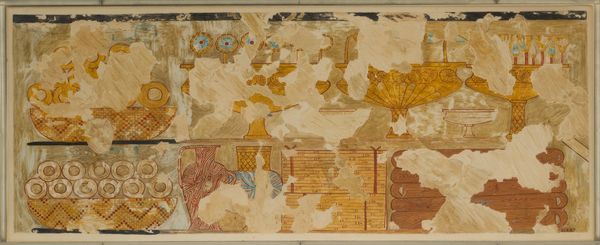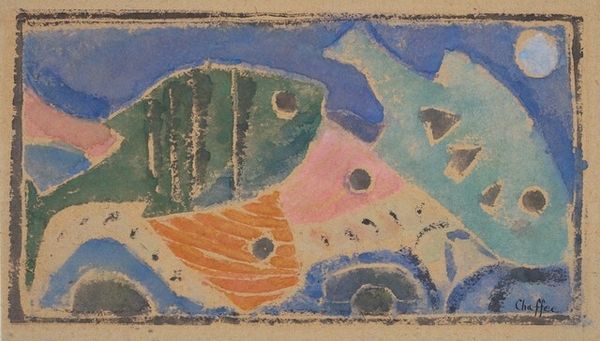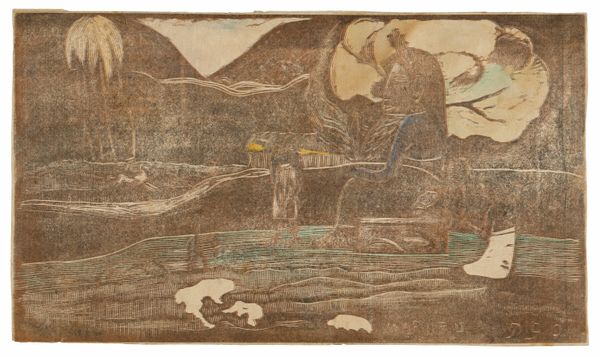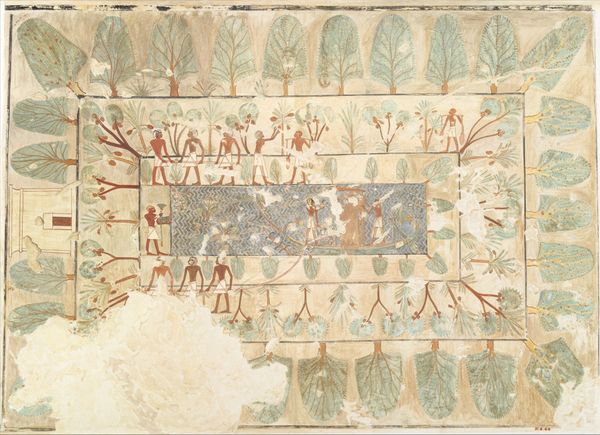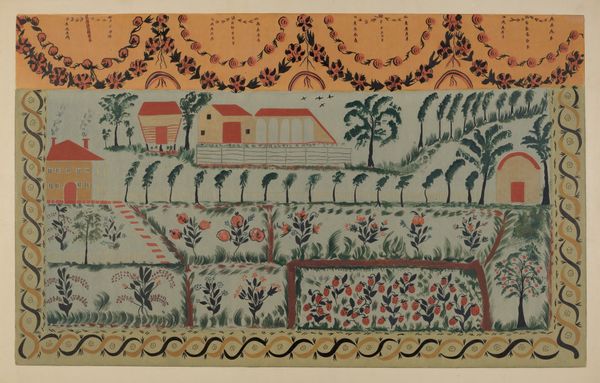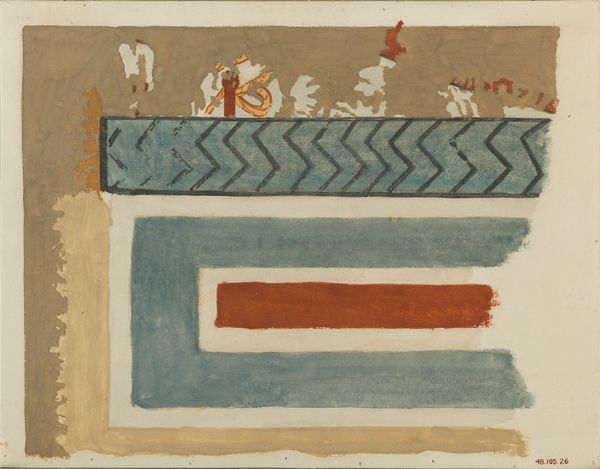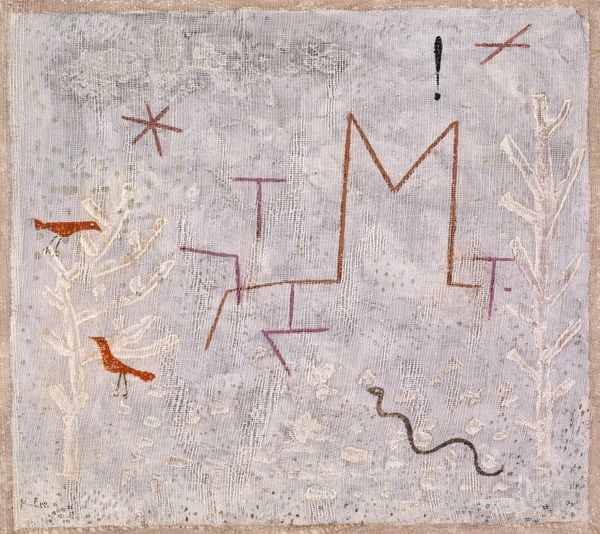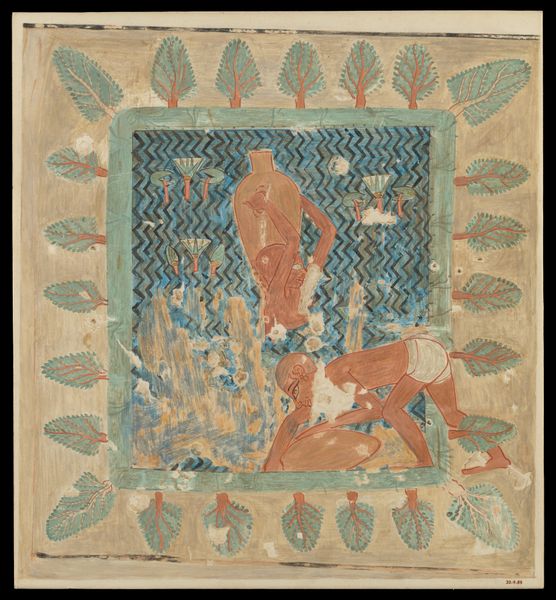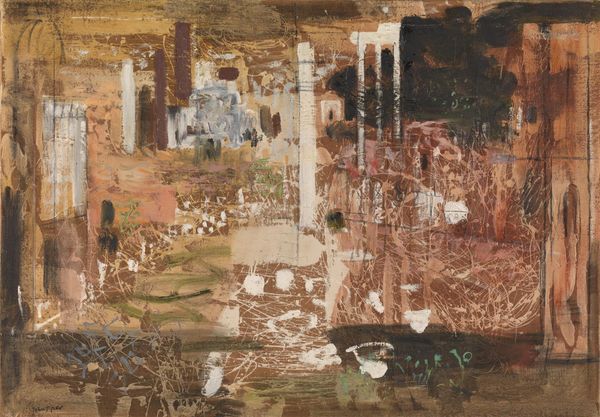
tempera, painting, mural
#
water colours
#
narrative-art
#
tempera
#
painting
#
landscape
#
bird
#
ancient-egyptian-art
#
figuration
#
egypt
#
ancient-mediterranean
#
men
#
painting art
#
history-painting
#
mural
Dimensions: facsimile: h. 101 cm (39 3/4 in); w. 260 cm (102 3/8 in) Scale 1:1 framed: h. 104.1 cm (41 in.); w. 264.5 cm (104 1/8 in.)
Copyright: Public Domain
Editor: This is "Netting Birds, Tomb of Khnumhotep," dating back to 1897 BC. It's a tempera painting – a mural actually – now housed in the Metropolitan Museum of Art. The figures and birds are so lively and meticulously rendered, almost like an infographic about bird catching! What stands out to you in terms of its broader significance? Curator: Let's consider this mural as a product of its socio-economic context. Its creation relies on extracting specific pigments from the earth and meticulously processing them. Look at the hierarchical scale—the elite figure dominates, overseeing the labor involved in this elaborate hunting practice. This image is less about sport and more about demonstrating control over resources. Editor: So, the very act of creating the mural, from material extraction to labor organization, reflects existing power structures? Curator: Precisely! What's also striking is how the depiction of labor itself becomes a commodity. These tomb paintings weren't just decorative; they were meant to magically ensure the continuation of these activities into the afterlife, guaranteeing continued access to resources and a workforce. Consider how labor, materiality, and consumption intertwine here to reinforce class distinctions. What do you think about the representation of the figure? Editor: It's so stylized and formulaic. Knowing what we do about material constraints, the restricted palette, and the labor needed for creation, the choice to depict people so rigidly suddenly feels connected. Curator: Exactly. These "artistic" choices weren't arbitrary, they were deeply tied to available resources, labor practices, and the function these images served. What else do you see when thinking about materiality now? Editor: I see that this work tells a story, not just about netting birds, but about power, control, and how materials themselves are tied to social order. It’s fascinating how even the colors speak to access and privilege. Thank you, I learned a lot today!
Comments
No comments
Be the first to comment and join the conversation on the ultimate creative platform.
